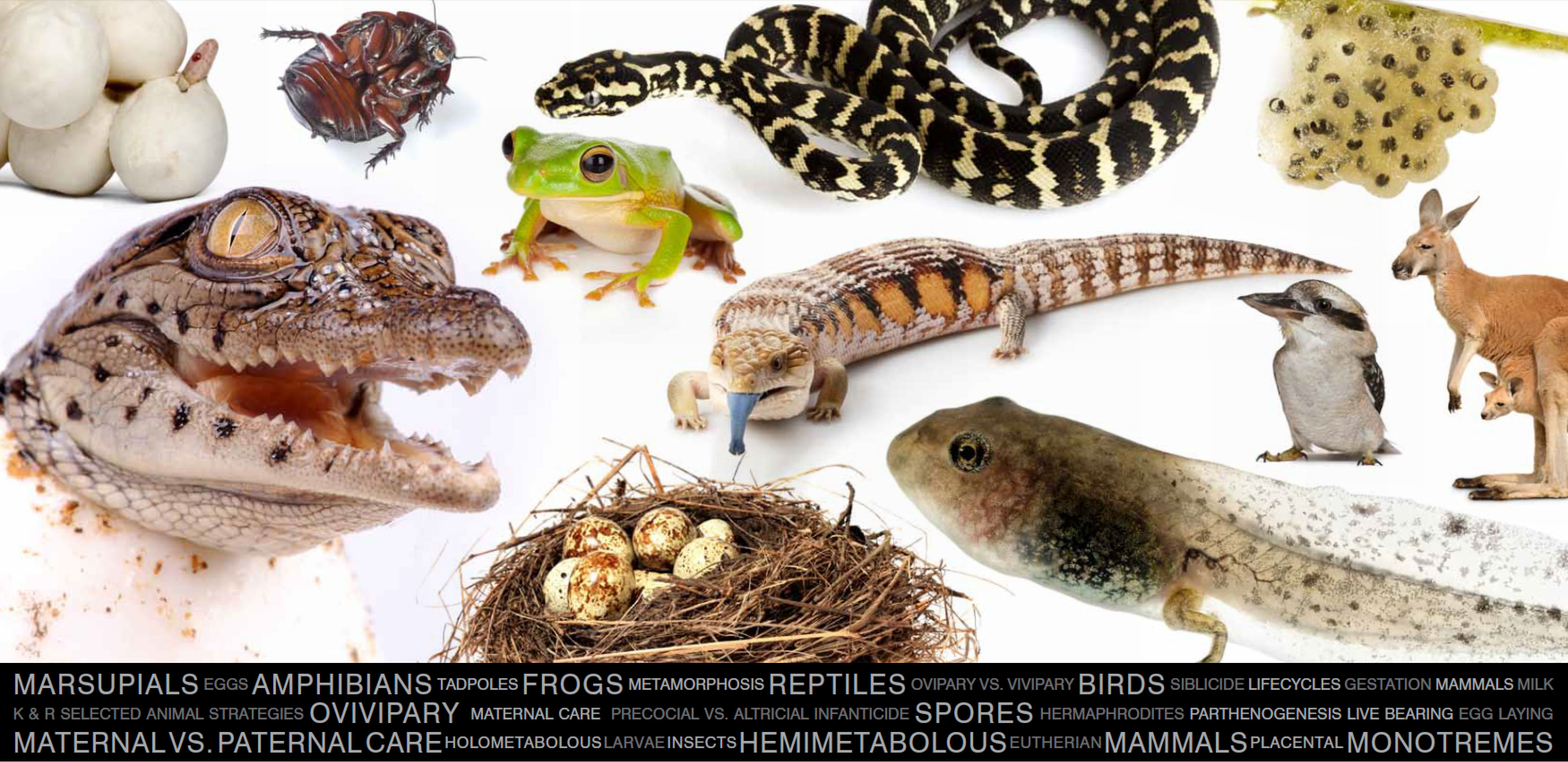
In this one-hour interactive workshop your Students will be introduced to some fascinating life cycles of various taxa, and the diverse ways species reproduce.
Learn about the behaviour of many species which enhances their reproductive success.
An absolute maximum of thirty children may participate in this program. We pride ourselves on a quality, engaging experience. Animal welfare is paramount to us. Multiple sessions for more than 30 children can be arranged on the same day if required.
Students will learn about concepts such as:
Kangaroo joey, grey headed flying fox, , echidna, frog species, diamond python, shingle back skink, tree goanna, mountain pygmy possum, tawny frogmouth, giant burrowing cockroach, rhinoceros beetle, salt water crocodile, sea stars + more!
